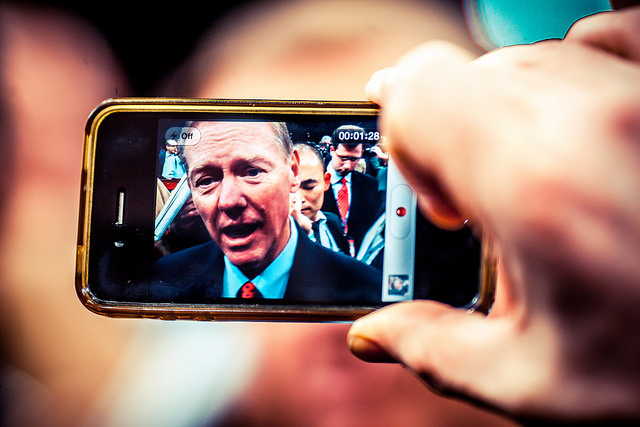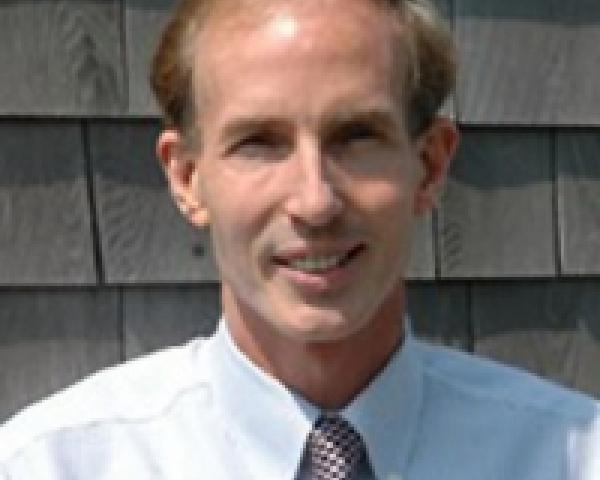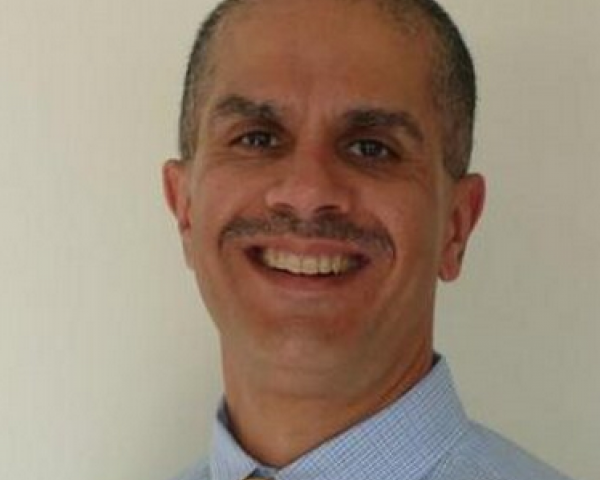By now, readers of this and many other outlets know that conventional workplace wellness doesn’t work. Period. It’s not that there is no evidence for it. It’s that all the evidence is against it. The “evidence” in favor of conventional wellness is
easily disproven as being the result of gross incompetence or dishonesty. Occasionally, as in the
American Journal of Health Promotion, investigators even manage to disprove their own savings claims without intending to. As we say in
Surviving Workplace Wellness: “In wellness, you don’t have to challenge the data to invalidate it. You merely have to read the data. It will invalidate itself.”
Just before Thanksgiving, both
Health Affairs (with our
blog post) and Soeren Mattke, the often-misquoted author
of multiple RAND studies (in
a comment to that post), weighed in with the same conclusion, as described in the headline: “Workplace Wellness Produces No Savings.”
No longer can anyone claim with a straight face that “pry, poke, prod and punish” wellness programs saved money, or were even
beneficial for employee health.
And yet…
Within one business day of the posting, Reuters’
Sharon Begley reported that on Tuesday, Dec. 2, the Business Roundtable’s (BRT) CEO is having a sit-down meeting with President Obama to demand exactly the opposite of what all the evidence shows: He wants more flexibility on wellness. In particular, the BRT wants the administration to call off the EEOC watchdogs, who have recently attacked
Honeywell and others for forcing employees into medical exams that appear to violate the Americans with Disabilities Act.
The BRT’s goal is to allow companies to punish unhealthy workers to the limits of the Affordable Care Act’s wellness provision. (Recall from our earlier postings that the ACA wellness provision was modeled after the Safeway wellness program, which Safeway later
admitted did not even exist during the period for which the company claimed it saved money.) In essence, the BRT leadership wants to make their employees love wellness whether they like it or not.
This complete disconnect between the data and the BRT demands can be explained only one of two ways.
(1) The CEOs who compose the Business Roundtable have been duped into thinking wellness saves money, because they aren’t bright enough to Google it for themselves and learn that it doesn’t.
(2) The CEOs who compose the Business Roundtable are very bright and have figured out that the only way they can seriously manage their healthcare costs is by fining or shaming employees with chronic disease or obesity into leaving their companies…or at the very least collecting large fines from them.
Let’s examine each possibility in turn.
As to the first, people don’t get to the C-Suite by simply accepting information that their vendors tell them, especially when the numbers obviously don’t add up. Events that can be prevented by wellness programs, like heart attacks, account for only about
8.4% of hospital spending, or less than 4% of total medical spending in the commercially insured population. The C-suite also must know that, as with the tobacco industry years ago, when the only people defending an industry are people who make their living from it, then the industry is a wholly illegitimate enterprise. The first possible explanation would therefore need to be termed an impossibility.
The second alternative seems like something only a conspiracy theorist could conjure, but as Sherlock Holmes said: “When you have eliminated the impossible, whatever remains, however improbable, must be the truth.”
These CEOs must know that these “let’s play doctor” programs and fines are expensive, intrusive, ineffective and embarrassing for the employees…and take a major toll on morale. One organization, Penn State University, faced an
employee revolt and backed down. Vik is currently in a wellness program that is eerily Penn State-like, and he is
documenting his experiences.
And surely someone has informed the BRT that the heart attack rate is only about 1 in 800 annually in the commercially insured population, while using wellness programs to identify all the other diseases they hope to prevent or control will merely drive up employers’ drug spending; these nascent conditions wouldn’t become debilitating until years into retirement. Guidelines promulgated by the U.S. Preventive Services Task Force (USPSTF) call for judicious use of clinical screenings in various at-risk subpopulations, (with a few exceptions, such as blood pressure). By contrast, wellness screening is done to all employees usually at least once a year. That screening frequency multiplies the odds of false positives, especially in younger populations.
So why go to the mat with the president over these programs? Perhaps CEOs believe that fatter employees have lower productivity, which is probably the case – if you happen to own a package delivery service or a ballclub. Otherwise, it’s hard to imagine that weight affects one’s ability to answer the phone, conduct a meeting or handle almost any other task commonly required in today’s workplace. And these CEOs' own actions contradict any claims about how weight loss leads to greater productivity: Most of the growth in line manufacturing jobs takes place in states with high obesity rates…but lower wages. Obviously, the tangible benefit of the latter overwhelms any offset by the former, or hiring practices would be different.
Unless there is an alternate explanation (or the BRT simply doesn’t understand the data), this BRT demand of the president must be interpreted more cynically: It’s the opening salvo in an attack against aging and chronically ill employees whom employers simply aren’t allowed to fire any more. Employers want to get rid of these employees because – often due to circumstances beyond these employees’ control – their healthcare expenses are believed to be higher.



